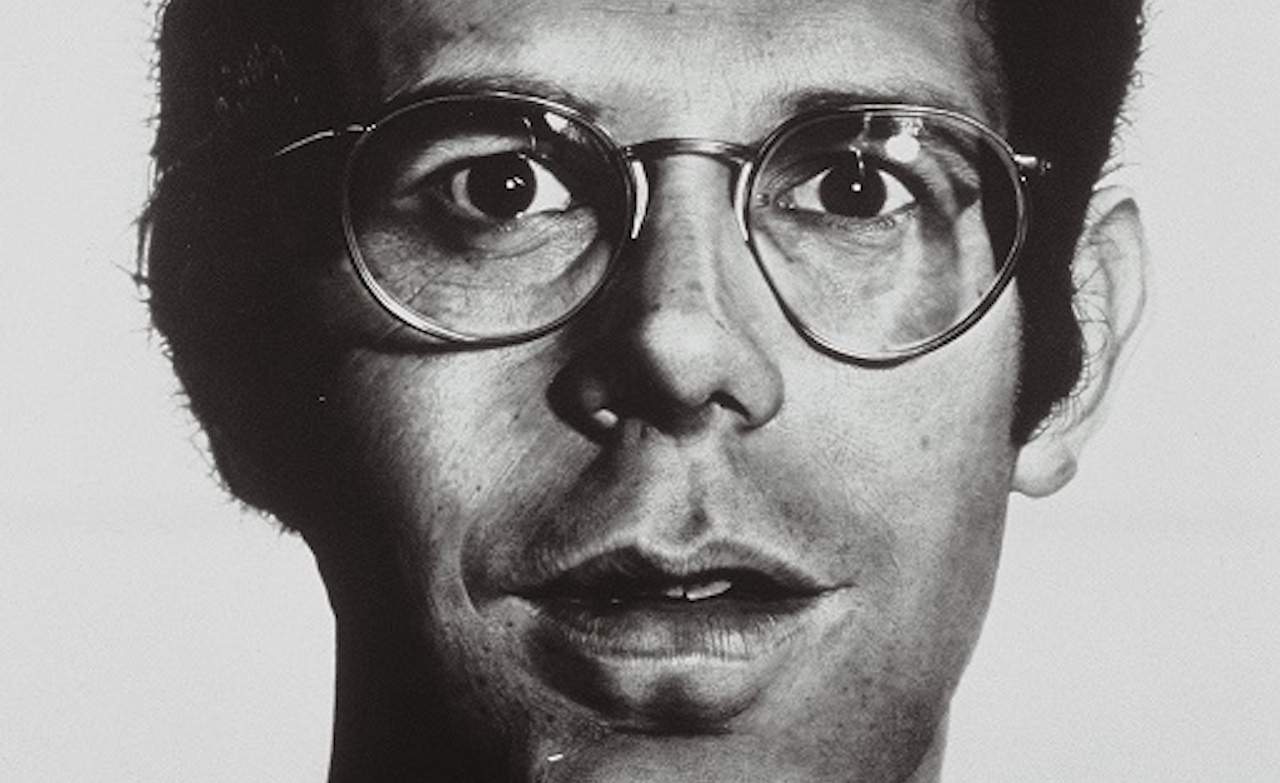Chuck Close: Prints, Process and Collaboration
Your last chance to experience the impossibly intricate portraits of an artist who always wanted to be a magician.
Overview
Chuck Close is lauded as a photorealist painter, but he is much more than that. In fact, he rejects the term “realist”, even when painting delicate wrinkles and wisps of hair. As described by consulting curator Glenn Barkley, he is a magician bent on revealing his tricks.
Close, who always wanted to be a magician, couldn’t resist breaking this cardinal rule of illusion. In this way, many of the 'finished' works in this huge solo show at the MCA are accompanied by a number of process works. Like piecing together a jigsaw puzzle, this exhibition maps the gradual blossoming of Close's impossibly intricate portraits.
Describing his artistic beginnings as crawling out from under abstract expressionism, Close took up portraiture at a time when it was notoriously untrendy. Unlike the spontaneous brushstrokes of his contemporaries, he took a more methodical tack. With an insatiable capacity for new materials and new techniques, he radicalises what has traditionally been a conservative art form.
Many of his works are the product of intense manual labour and are mathematically precise. One reason Close goes to these lengths is because he suffers from face blindness, or prosopagnosia. By repeating the same portrait again and again, he is drumming his subjects into his long-term memory.
Of the various techniques used, Close rescues some from obscurity, such as the Jacquard Loom (those whopping tapestries), a 19th-century punch-card system used to weave complex patterns. In other works, he uses a felt hand stamp to patch together his portraits and moulds paper pulp into the contours of a face. And then there’s the classic Japanese form of woodblock printing, or ukiyo-e, which he uses to create warbling layers of colour. Emma is a striking example of this; a work which captures the luminosity of infancy.
Of course, the grid is one of the key foundations of Close’s practice. Using a horizontal or diamond axis, these individual squares guide the steady unfolding his work. This comes back to the fraught idea of realism — it is an illusion from afar and abstract up close. Some of his more recent portraits, such as those of the artist Zhang Huan, are composed of watercolour gradients. But it is a loose grid, as if Close is allowing his painting to breathe. There are specks of raw canvas that shine through at the corners of each square like little diluted rainbows.
Of the thematic triad that holds this exhibition together, 'process' is perhaps the most fascinating. It seems the strength of the big picture is in seeing the tiny pieces which constitute it. The formal inventiveness of Chuck Close really does take time to be appreciated. Not only is this exhibition a comprehensive survey of a truly unique artist, it is also a whirlwind education in printmaking and colour theory. Attend more than once.





